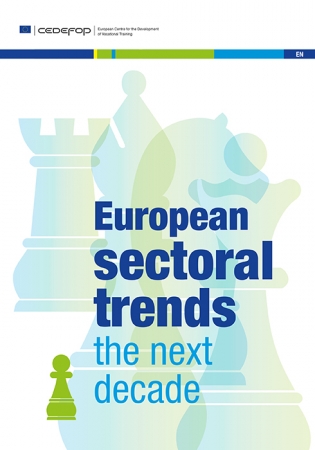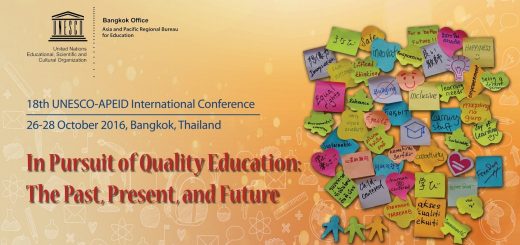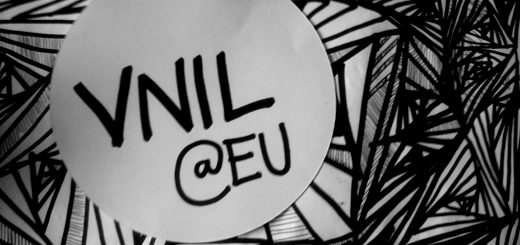Submitting for the PUARL Conference
Tomorrow is the day: Submission deadline for the PUARL conference! My abstract was accepted in July 2016 and since then I am working on my paper, which I hope to present at the PUARL conference via webcam.
About the PUARL conference
The Portland Urban Architecture Research Laboratory (PUARL) organizes the PUARL 2016 conference with the title ‘The Regenerative City.’ Originally, the pattern approach derives from architecture, but it has spread over various disciplines. Therefore, the conference addresses topics like architecture, design, information technology, education and learning, social activism and grassroots movements.
See also: https://blogs.uoregon.edu/puarl2016/
My PUARL Submission
I submit a paper which is addressing how people could be helped to identify what they have learned so far and how to communicate it to others. For adults, learning mostly takes place outside formal education institutions. Learning happens all the time, every day. What we are able to do at the workplace, at home, at associations, etc reflects what we have learned. Still, it is difficult to communicate it. It is nothing that can be easily tested through multiple choice tests. Most people do not even know about their full range of skills. I suggest that pattern mining and writing can help. It helps to gain awareness about what people have learned.
But why is this important?
Building awareness about one’s prior learning at the workplace/during leisure time has several benefits. What I want to point out here is the imporance of having your skills formally recognized. You could get credit for what you have learned so far. That’s a good starting point for your further professional development and also it makes officially visible what you are capable of. Needless to say, that this is helpful when applying for a job. There are several types of regocnition procedures and I like most those, which include developmental and transformative aspects. They help you to develop and build you identity as a learner. It has a lot to do with personal development. But the first step always is the same:
What have I learned so far? How can I find out what I am really able to do? And how can I prove it to others so they can truly understand?
This is just a little sneak peek. In my talk at PUARL on Saturday, Oct 29 2016, I will present my paper and suggest patterns and pattern languages as a strategy to build awareness and to communicate prior informal learning.




